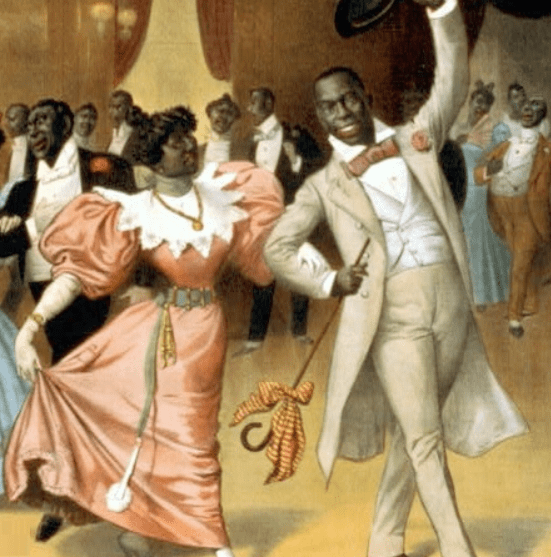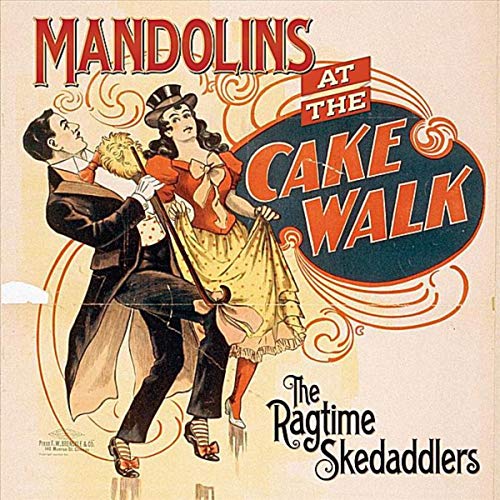Introduction

Ragtime was around but way before the name was given to the genre. However, by the end of the 1890’s it was finally defined as Ragtime and consisted of a mixture of written music and oral tradition, that shifted between early jazz and classical music while also incorporating both African American and European styles of music. As the genre was still developing in the public mind, people often connected “cakewalk” and “coon songs” which became a popular ragtime performance done by Whites for Whites.
Coon Songs
The “Coon song” was a popular song style that went all between the late 1800s and the early 1900s. The style of song was meant to mock and make fun of African Americans and which was often performed by White people, for white people. The performers would dress up in Black face in which they degraded Black people and spoke in African American dialect. The performers would also portray African Americans as lazy, dishonest, greedy, violent, thieves and watermelon eaters.
Cakewalk

The Cakewalk was a dance that parodied White upper-class behavior, which was performed by African American slaves. The term is called the cakewalk because the best performer usually would be granted a prize, usually being a cake. the dance consisted of dignified walking, bowing low, waving canes and a high-kicking grand promenade. Growing in popularity, the competition would increase in huge proportions. This lead the cakewalk to be one of the most popular dances in the ballrooms and on the vaudeville stage of the United States and Europe.
Conclusion
In Ragtime sheet music often times there would be Black people wearing top hats, ball gowns, watches and chains. This resembled the cakewalk also making it one of the most popular dances. Also Ragtime made the term Zip Coon which meant a black person who wears fancy clothes became one of the most recognizable characters in American music by the 1900s.
Sources
“The History of Minstrelsy : Ragtime and the ‘Coon Song’ · USF Library Special & Digital Collections Exhibits.” Omeka RSS, exhibits.lib.usf.edu/exhibits/show/minstrelsy/jimcrow-to-jolson/ragtime-and-the-coon-song.
Burnim, Mellonee V., and Portia K. Maultsby. African American Music: an Introduction. Routledge, 2015.


